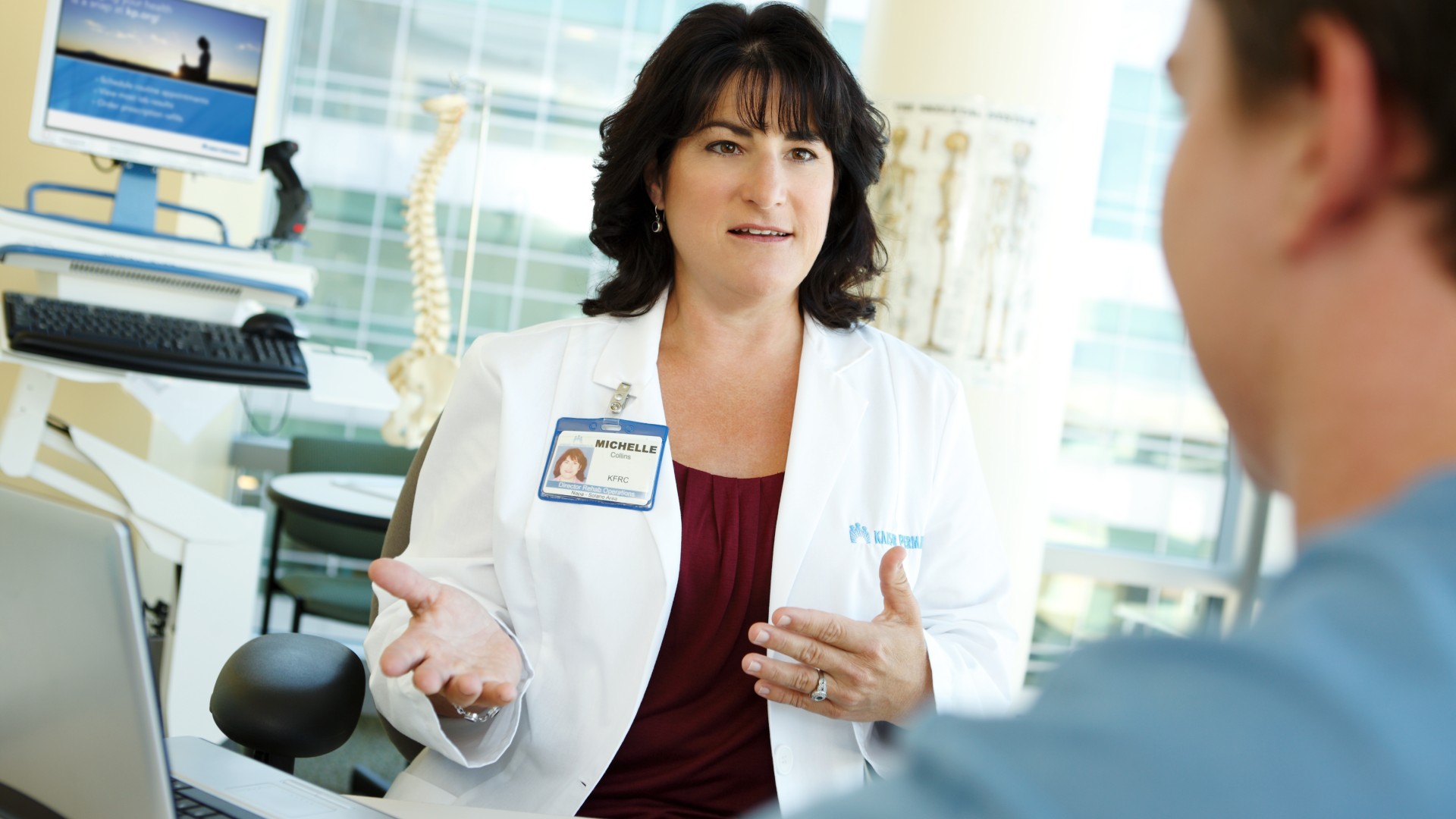Kaiser Permanente's report in NEJM AI details insights from a large-scale rollout of ambient AI clinical documentation technology.

At-home dialysis supported by an integrated health care system
Kaiser Permanente research finds it safe to expand use of home dialysis, improving quality of life
By Janet Byron
Senior Communications Consultant
The rate of people starting voluntary at-home peritoneal dialysis rose from 15% to 34% over 10 years in Kaiser Permanente’s Northern California region, providing a convenient and safe way to manage advanced-stage kidney disease compared with center-based hemodialysis, according to a study published this week in JAMA Internal Medicine.
“Patients who start dialysis at home generally have a better lifestyle, fewer symptoms, and more opportunities to retain employment,” says lead author Leonid V. Pravoverov, MD, chief of Nephrology for Kaiser Permanente’s East Bay service area and a nephrologist with The Permanente Medical Group. “The overall quality of life is known to be better for these patients.”

When kidneys fail, dialysis is the most common way to help keep the body in balance by removing excess wastes and maintaining safe levels of minerals in the blood. It also helps to control blood pressure.
The blood can be cleaned in 2 ways: outside the body with hemodialysis, which uses an artificial kidney to remove wastes and takes place in a hospital or dialysis center, 3 or more times per week; or inside the body with peritoneal dialysis, which is done daily at home, usually during sleep.
In 2008, Kaiser Permanente Northern California launched a systemwide Optimal Start approach to increase at-home dialysis, which included patient and caregiver education, provider education and support tools, streamlined systems-level processes, and monitoring and continuous quality improvement.
The study, “Trends associated with large-scale expansion of peritoneal dialysis within an integrated care delivery model,” identified 13,500 adult Kaiser Permanente members in Northern California who initiated chronic dialysis between 2008 and 2018. Among people who initiated at-home peritoneal dialysis, 80% remained on it 1 year after starting, with a significant increase from 2008 (69%) to 2017 (84%). Death rates after 1 year for patients starting at-home peritoneal or center-based dialysis did not change over 11 years of the study.“The large-scale expansion of in-home dialysis was made feasible using a multidisciplinary, integrated, coordinated-care approach, with excellent outcomes in patients with advanced kidney disease,” says senior author Alan S. Go, MD, research scientist with the Kaiser Permanente Division of Research in Oakland, California.
Dr. Go notes that, compared with the United States, rates of at-home peritoneal dialysis are substantially higher in other parts of the world, including Hong Kong (70%), Mexico’s Jalisco region (51%), New Zealand (30%), and Canada (19%). For a variety of reasons, rates of at-home dialysis in the United States are less than 10%.
“Peritoneal dialysis remains underutilized nationally,” Dr. Go says. “Our study shows that it is possible to greatly expand its use successfully in a large, integrated health-care system and improve outcomes for patients with chronic kidney disease.”
Janet Byron is a senior communications consultant with the Kaiser Permanente Division of Research. This was originally published on the Division of Research site.


